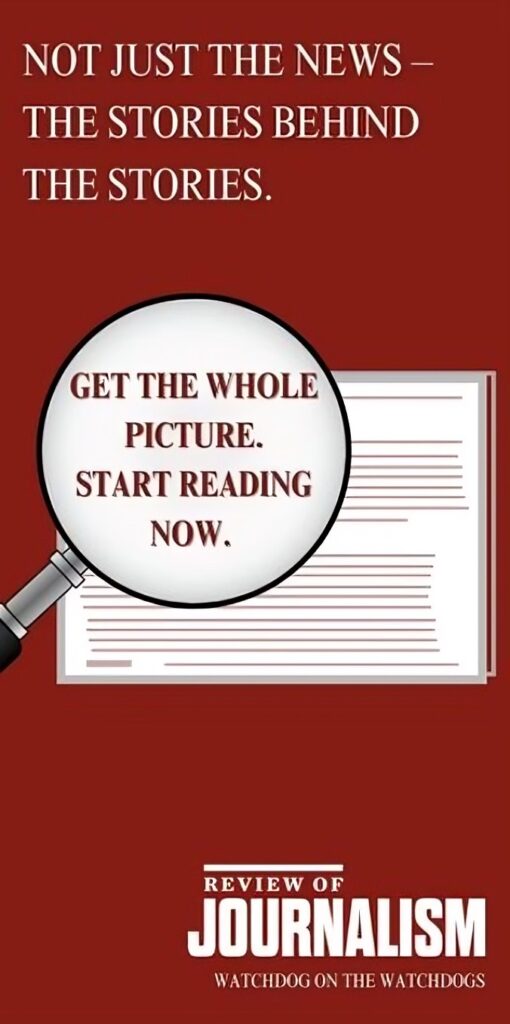There is a certain conceptual audacity about setting out to tell the story of a famed thoroughfare and its place — literal and figurative — in a broader urban history. Besides the basic factuality — its origin story, physical details, the landmark addresses, and so on — what exactly are we talking about when we focus on the life of Broadway or Fifth Avenue, the Champs-Élysées or La Rambla, or, in this case, Toronto’s defining arterial, Yonge Street? How do you build a narrative around something that is — by definition — fluid, porous, and ever changing?
The Université du Québec à Montréal historian Daniel Ross has opted to tackle this problem by placing brackets around his subject and focusing on a relatively short but highly important period, the 1950s to the late ’70s, and on that portion of Yonge that extends from Front Street to College. This particular time and space, he argues persuasively in The Heart of Toronto: Corporate Power, Civic Activism, and the...
John Lorinc is a journalist and the author of No Jews Live Here, due out in November.

